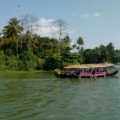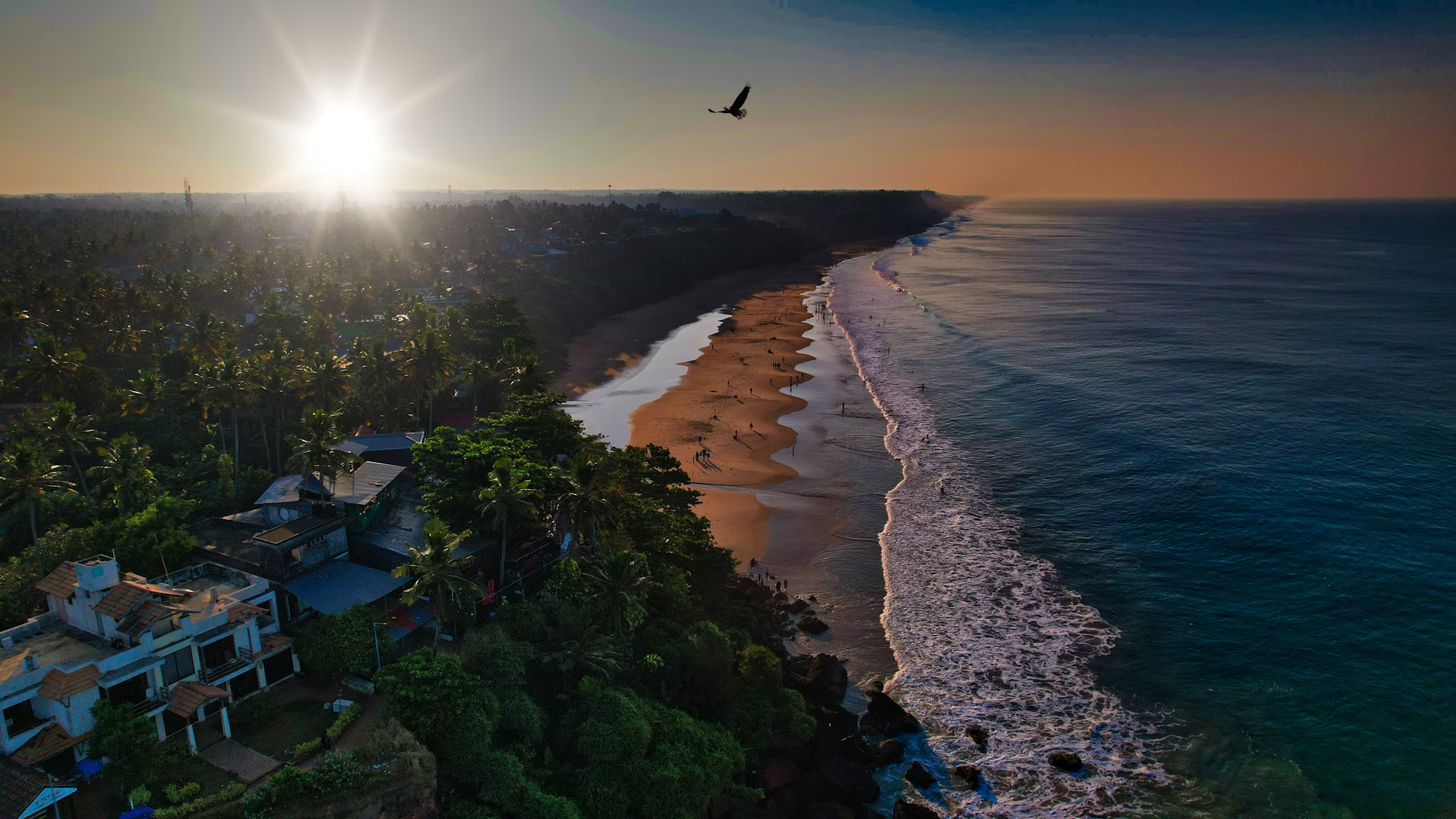What Makes Kerala the Best Place to Visit in India in Monsoon
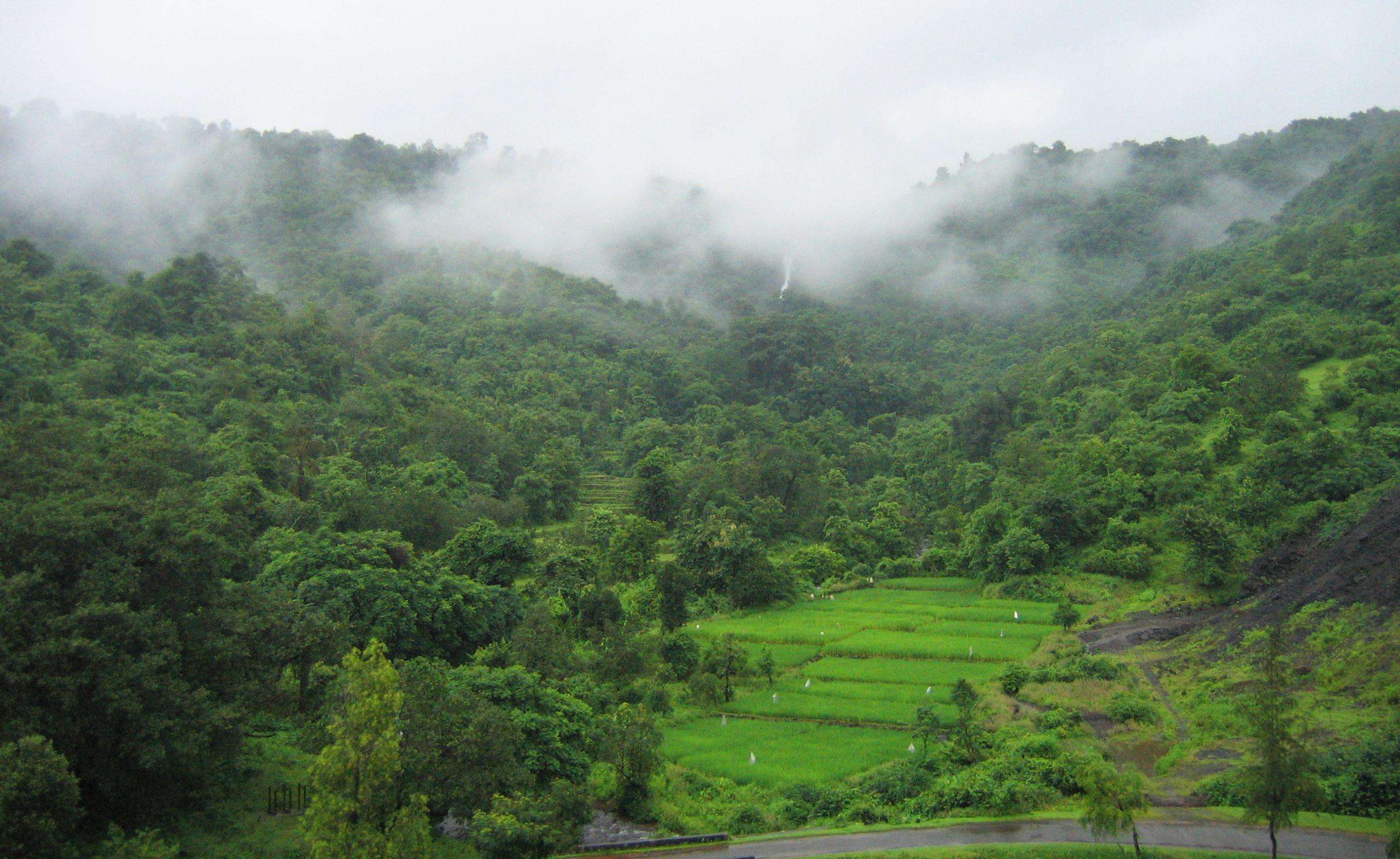
India’s south-western coast receives some of the earliest and heaviest monsoon showers in the country, and there’s one state that welcomes it with open arms, Kerala. Often referred to as the heart of Kerala monsoon tourism, this region doesn’t just adapt to the rains; it thrives in them.
What makes monsoons in Kerala different from anywhere else is how naturally local life flows with the rhythm of the rains. It is not merely a season here but a way of life that reflects in everything, from food and farming to traditions and travel experiences. For visitors looking for something meaningful and connected to place and culture, the monsoon in Kerala offers layers that go far beyond sightseeing.
In this Blog
Best Time to Visit Kerala in Monsoon – Understanding the Rhythm of Rain
The best time to visit Kerala during the monsoon is early June and continues through September. What sets Kerala’s monsoon apart is the duality of the rains. The first spell, called the Edavappathi, begins around the first week of June. It’s followed by the Thulavarsham in October, a lighter retreating monsoon that paints the state with a different character.
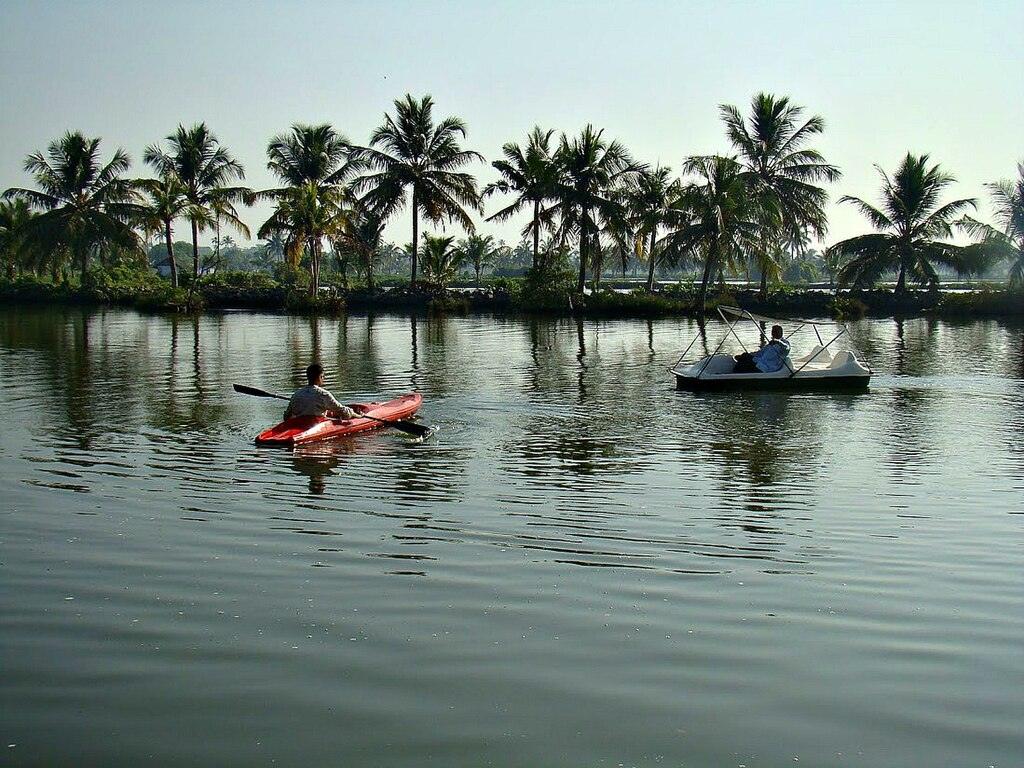
Unlike heavy downpours in other parts of the country that cause disruption, Kerala’s monsoon is often rhythmic and consistent. Mornings are usually cloudy and soft, midday rains arrive in sheets, and evenings slow down to a cool drizzle. This consistency makes planning day activities manageable and enjoyable.
This time is also considered ideal for traditional therapies and treatments, adding another dimension to Kerala monsoon tourism. According to local Ayurvedic principles, the rains make the body more receptive to oils and medicines, which is why this period is peak season for authentic treatments.
Monsoon and Ayurveda – A Time-Tested Combination
Kerala is one of the few regions where Ayurveda is still practised in its most original form. The monsoon is believed to be the best time for treatments, as the climate opens up skin pores and enhances the absorption of herbal oils.
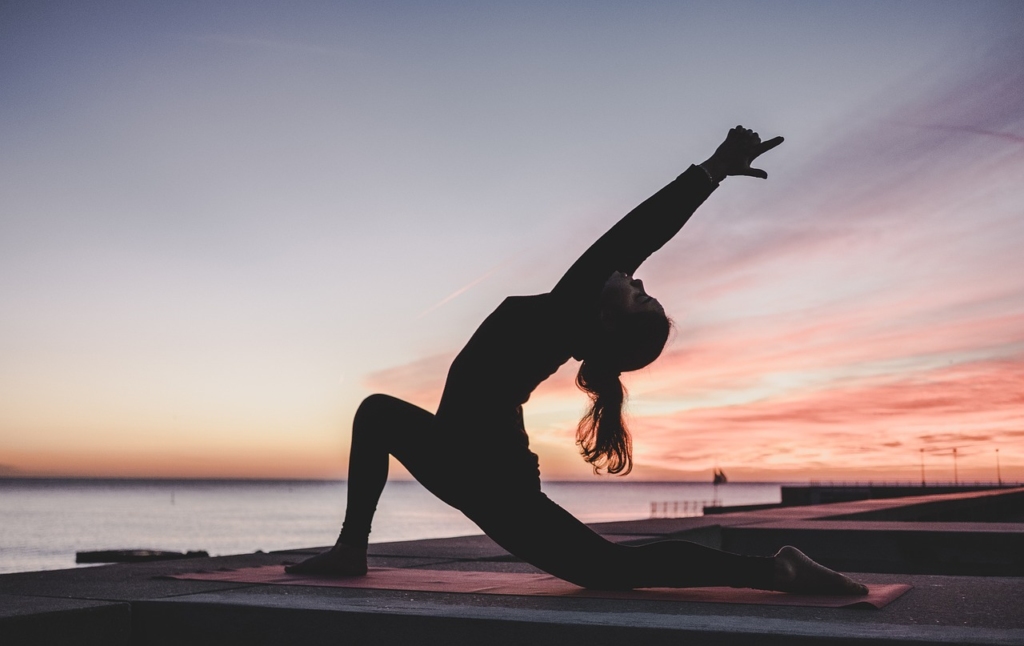
Many certified centres offer full Panchakarma treatments that span several days, often in peaceful settings that allow both body and mind to settle. Rather than only focusing on massages, these therapies include detailed consultation, personalised diets, and supervised rest.
Visitors often choose a villa in Palakkad, Thrissur, or Wayanad, where traditional Ayurvedic centres run within restored heritage homes. These properties typically maintain their old Kerala architecture, creating an authentic atmosphere that matches the treatments.
The Monsoon Brings Back Forgotten Traditions
One of the lesser-discussed aspects of Kerala monsoon tourism is the way it revives seasonal traditions. For example, in many homes and temples, monsoon months mark the preparation of herbal decoctions known as kashayam and lehyam, used to improve immunity.
In rural areas, the rains are welcomed with small community feasts featuring dishes like kanji (rice gruel) served with payar (green gram curry) and pappadam. These simple meals are part of the seasonal dietary shift that locals practise instinctively.
In the temple town of Guruvayur, monsoon processions continue even in the rain, with elephants walking on flower-strewn paths while umbrellas are held above sacred idols. These rituals are not presented for tourists but carried out by communities as they have been for generations, providing genuine experiences for those who happen to witness them.
Monsoon Festivals with Local Character
Apart from the famous Onam celebrations in August-September, there are other lesser-known events that bring a local charm to the monsoon in Kerala. One such example is the Champakulam Moolam Boat Race, held in Alappuzha. While the Nehru Trophy is more popular, this race is one of the oldest snake boat races and has a distinct religious context. It takes place in early monsoon and has fewer crowds, making it more intimate.
In the hilly regions of Idukki, tribal communities hold post-planting rituals in early July, thanking the rains for the soil’s fertility. These ceremonies often include folk dances and oral storytelling, which visitors can observe with permission from local guides.
Plantation Experiences Come to Life in the Rain
Kerala’s spice plantations in places like Wayanad, Thekkady, and Idukki come alive during monsoon. While many plantations are open throughout the year, visiting during the rainy season offers a different understanding of how spices interact with moisture and soil. Pepper vines climb wet tree trunks, cardamom pods fill with aroma, and wild turmeric dots the undergrowth with yellow.
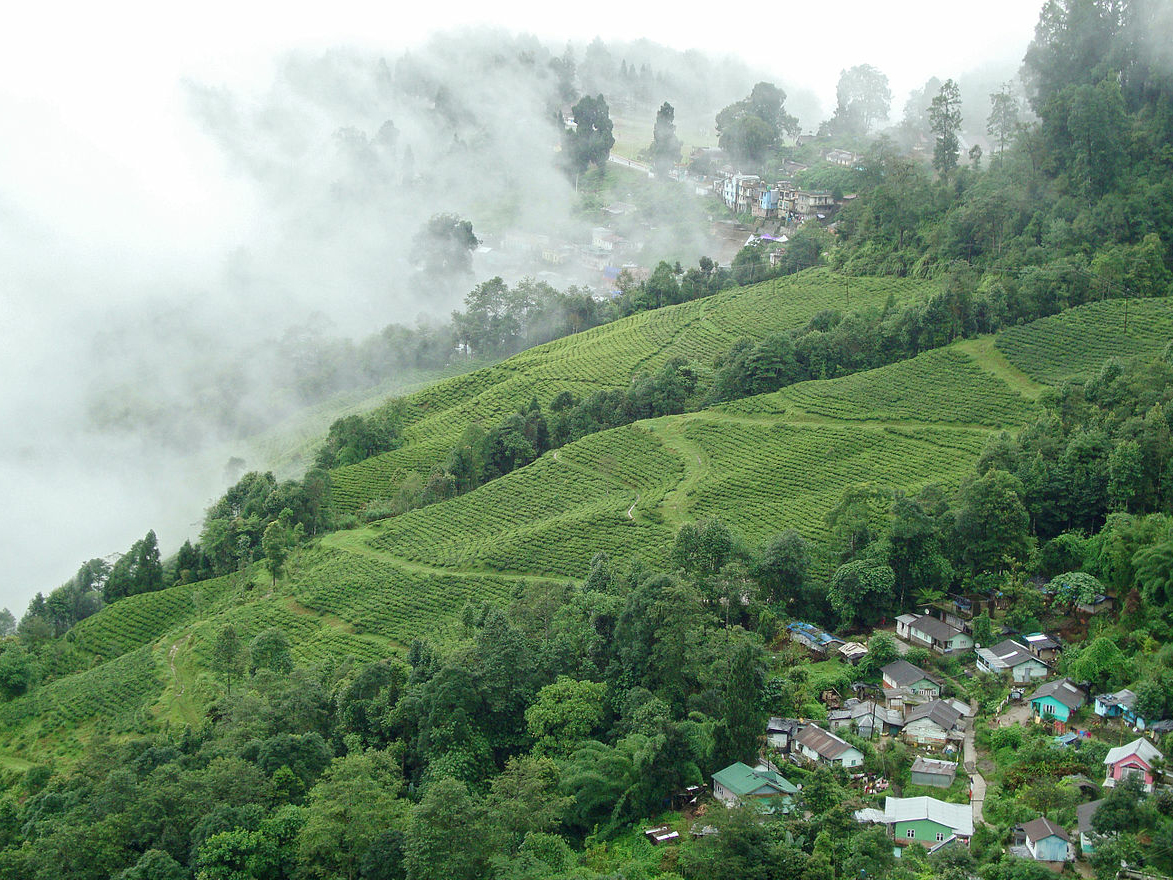
Some plantation owners have converted old bungalows into guest stays, where guests can enjoy watching farmers at work, try seasonal cooking classes, or take guided walks to understand how climate and monsoon influence the yield. A villa in Wayanad or Thekkady often provides a deeper connection to these experiences compared to hotels or resorts.
Monsoon in the Backwaters – Slower and More Intimate
Alappuzha and Kumarakom are known for their backwaters, but in the monsoon, they take on a quieter, more intimate mood. Instead of large groups and packed houseboats, monsoon brings fewer crowds, allowing visitors to enjoy peaceful canal rides and local hospitality.
Many houseboats run modified itineraries during the rains, often docking near small hamlets where guests can watch toddy tapping, net fishing, and coir-making. A villa in Kumarakom or a private houseboat stay arranged through a local operator provides a more personal version of backwater life, shaped by daily monsoon rhythms.
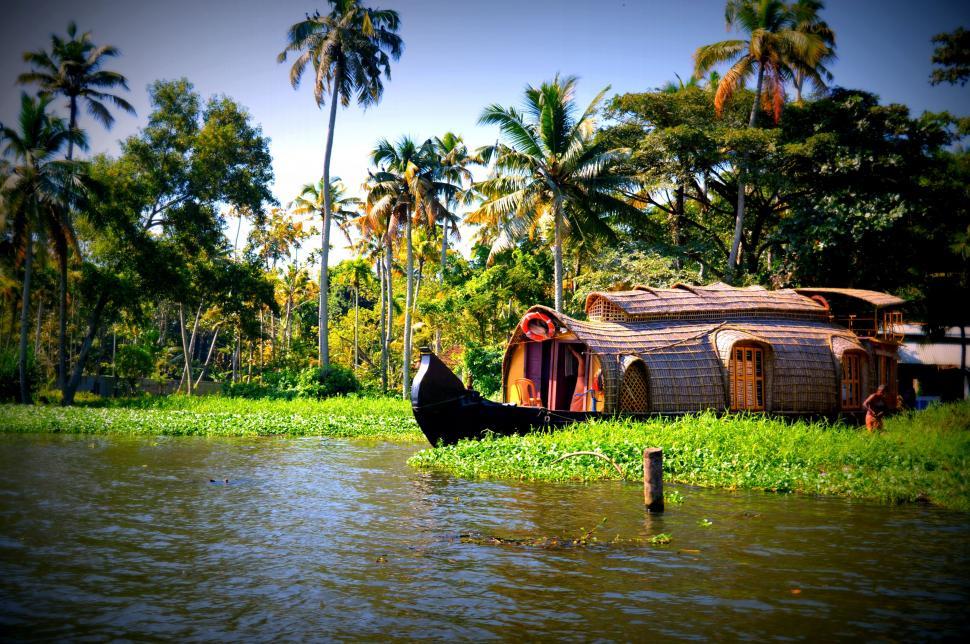
Forest Reserves and Monsoon Watch Towers
Kerala has over a dozen protected forest areas, and while some of them restrict movement during peak rains, many offer guided monsoon walks. Places like Silent Valley National Park and Chinnar Wildlife Sanctuary have designated trails and watch towers specifically built to observe animal behaviour during wet weather.
Contrary to popular belief, many animals in Kerala do not retreat during the rains. Elephants, Nilgiri langurs, and hornbills remain active and visible. Forest guides often help spot species that only emerge during the monsoon, such as certain frogs and insects that thrive in high humidity.
Rather than doing long treks, visitors can opt for short guided walks, often based around small forest lodges. A villa in Thekkady or Palakkad is ideal for those looking to experience forest life without the discomfort of camping.
Local Monsoon Cuisine – More Than Just Spices
Monsoon in Kerala is marked by a distinct change in food habits. Contrary to tourist assumptions, Kerala’s cuisine is not only spicy or coconut-based. During the rainy months, meals become lighter, using more fermented foods and greens like cheera (amaranth) and moringa leaves.
Tapioca with fish curry, jackfruit dishes, and rice steamed in banana leaves become common. Restaurants that cater to local crowds in cities like Kozhikode, Kannur, and Thrissur often adjust their menus to match seasonal produce.
In smaller towns, homestays and villas in Thrissur or Kottayam offer cooking demonstrations during monsoon, giving visitors a glimpse of family-style preparations and age-old recipes.
Architecture Built for the Rains
Kerala’s traditional homes and temples are designed with the monsoon in mind. High sloping roofs, internal courtyards, and raised platforms are not just aesthetic but functional. Visitors staying in heritage homes or villas in Palakkad or Thrissur can observe how rainwater is directed into gardens or kulams (ponds), how open verandahs allow residents to enjoy the rain without getting wet, and how the scent of wet wood becomes part of the experience.
Some restored mansions also include rainwater harvesting systems that have been in use for generations, giving insight into sustainable practices before they became global trends.
Fewer Tourists, More Access to Local Life
One of the subtle but important aspects of Kerala monsoon tourism is the ease with which visitors can engage with local people and routines. With fewer tourists around, artisans, farmers, fishermen, and shopkeepers have more time to talk, explain, and connect. In markets, it’s easier to learn about seasonal fruits, handloom patterns, or medicinal herbs. In towns like Vaikom, Chengannur, or Nedumangad, guests can observe pottery-making or temple art without the pressure of staged performances.
This slower pace creates a kind of travel that is not focused on ticking off destinations but on understanding how people adapt and thrive in the rain.
The monsoon in Kerala is not about dramatic scenery or postcard views, it’s about how the rains shape real life. Whether it’s the way houses are built, food is cooked, or traditions are passed on, every detail is influenced by the rhythm of the rain.
Those who visit during the best time to visit Kerala in monsoon often return not just with photos but with insights into how a community embraces a season that many try to escape from. It is not a curated experience but a deeply integrated way of living.
For travellers interested in culture, wellness, and everyday beauty, Kerala monsoon tourism provides something meaningful, not just memorable.
Author Credits: Ruben Saha



